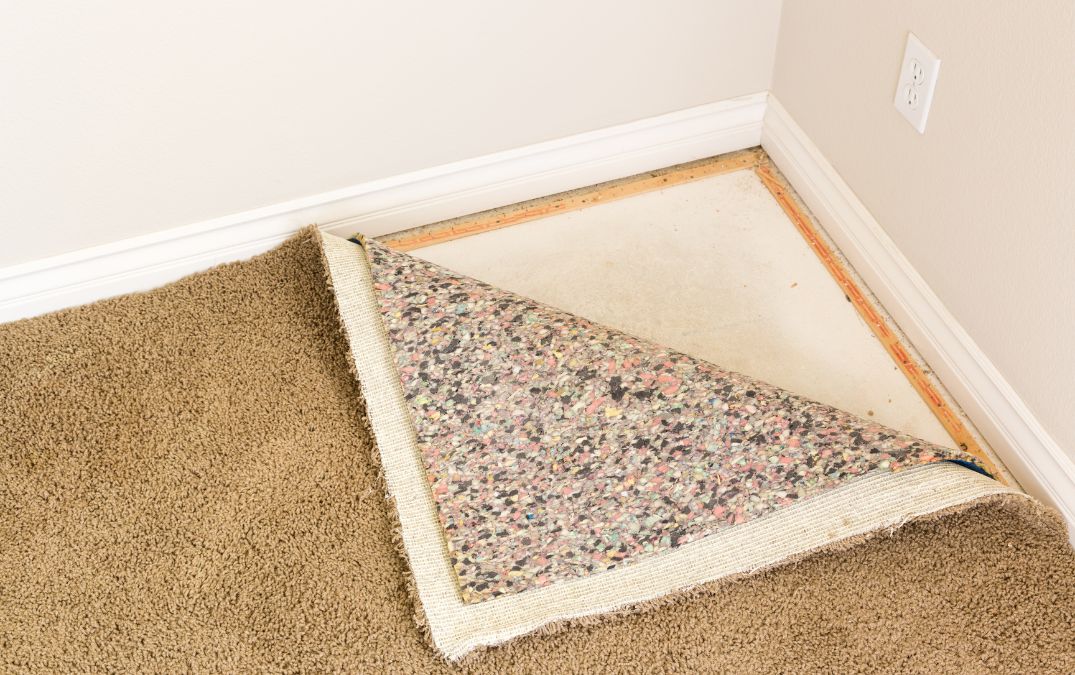Tools and materials needed for laying carpet on concrete
You’ll need a utility knife for cutting the carpet and padding to size. A tape measure is needed for getting accurate measurements of your floor space and carpet pieces. You’ll also need a straightedge or a carpet ruler to guide your cuts and ensure they are straight and precise. For securing the carpet, there are two primary methods: adhesive and tack strips. A notched trowel will help you spread the adhesive evenly across the floor. For tack strip installation, you’ll need a hammer and masonry nails to attach the strips around the perimeter of the room. Tack strips should be placed about half an inch from the walls to hold the carpet edges securely in place.
Next, you’ll need a carpet stretcher or knee kicker to ensure the carpet is laid tight and flat without wrinkles. A carpet seam roller is essential if you have to join multiple pieces of carpet. It presses the seams down and blends them into the surrounding carpet for a smooth, cohesive look. Don’t forget about the carpet padding. Quality padding adds comfort and extends the life of your carpet by absorbing impact and reducing wear. You’ll need to cut the padding to size and secure it with tape or staples. Make sure the padding is smooth and fits snugly against the tack strips if you’re using them.
For finishing touches, a carpet trimmer will help you trim excess carpet along the walls for a neat, professional look.

